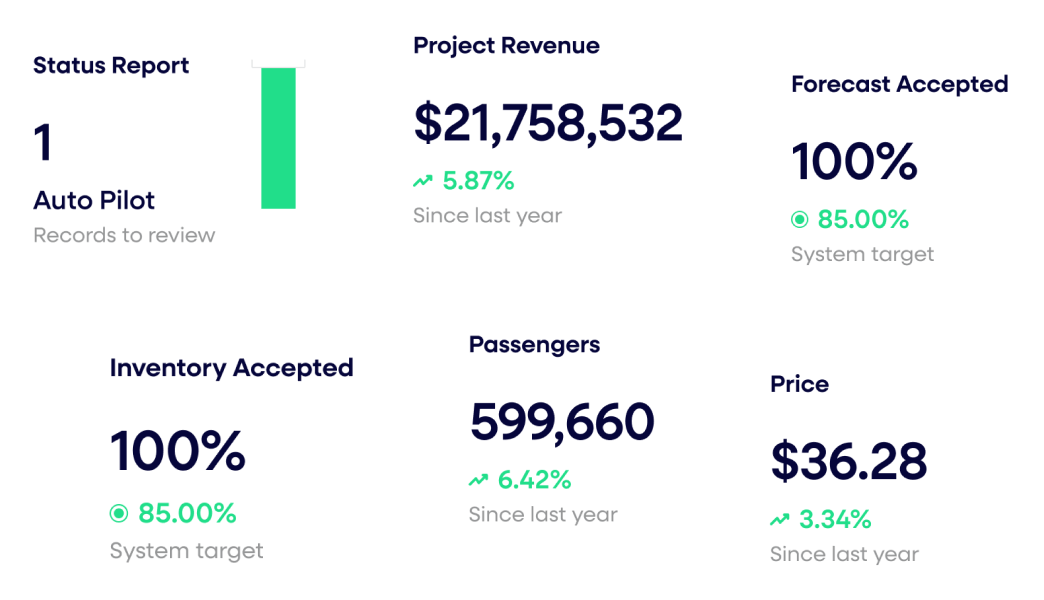How to Simplify Pricing for Custom Packaging Products

When you think about packaging, what comes to mind first? Maybe it’s the to-go container from your favorite restaurant that perfectly fits your usual order. Or it might have been the new easy-open box your go-to ecommerce marketplace just rolled out.
But if you work in packaging, what likely came to mind first was a variety of complex products and the equally cumbersome processes that support them.
While easier stock items exist, many packaging products are custom or highly configurable. Manufacturing a high volume of configurable or custom products further complicates pricing, quoting, product cycles, and demand patterns, among other things.
Leverage your content to achieve stronger revenue outcomes
When it’s time to price, estimate, or quote, you end up with a sea of “observations of 1:” one-of-a-kind products with a handful of add-ons and adjustments that make it difficult to decipher which unique attributes affect the cost, and to what extent.

If you sell highly customizable products then you rarely, if ever, sell the same product twice. So how do you tell which product attributes determine what your customers are willing to pay more or less for?
How to fix it
Having a wealth of sales, customer, and product information is a great start, but only if it’s in a digestible and usable format. That’s where Peer Groups come in.
It’s not simple segmentation for custom products. Peer Groups drill down further to deconstruct the characteristics of a product into the primary attributes of form and function to break massive collections of unique products down into groups by their similarities.
Take a box, for example. One of the most obvious characteristics to start grouping boxes together by is size. You can start with extra-small through extra-large buckets, like in the example below, or start grouping any boxes that are within an allowance of AxBxC dimensions. But there’s a lot more to a box than just its size. Do some plants have different manufacturing capabilities, or do they service different regions? Will the box have a 1-color logo, use a few spot colors, or will it need a full-side, multi-color print? Will it have adhesive, dividers, or inserts?
It’s clear how, based on the variety of options and seemingly never-ending decision trees, you can end up with several hundred thousand unique combinations.
 The six attributes above are an example of clustering that can be tailored to any product characteristics. Determining the right attributes that help organize your custom products and add value for your customers is first and foremost a business strategy discussion. From there, clustering and modeling can start uncovering any meaningful differences in willingness to pay or margin performance at certain break points of size, geography, composition (BOM), etc.
The six attributes above are an example of clustering that can be tailored to any product characteristics. Determining the right attributes that help organize your custom products and add value for your customers is first and foremost a business strategy discussion. From there, clustering and modeling can start uncovering any meaningful differences in willingness to pay or margin performance at certain break points of size, geography, composition (BOM), etc.
The right Peer Groups help determine and group custom products that are similar enough to compare where, if all other attributes are equal, products that vary within a tolerance of each characteristic are presumed close enough to be a peer. So instead of Peer Groups resulting in a price range for every group, they allow you to get even more granular and arrive at a margin per standard unit of measure (UOM).
Using box size as an example again, what margin per standard UOM, let’s say per sq. ft., would help determine is a box that is ¼ of an inch taller, with all other characteristics being the same, is similar enough to the ¼ inch shorter box to have the same margin per sq. ft. of composition material.
Why does it matter?
If you’re using a cost-plus pricing strategy, then you already know how essential it is to get margins right. But without accurately breaking down the attributes of custom and configurable products, you’re left guessing on value, cost, and willingness to pay – resulting in a scattershot of misinformed prices.
By applying Peer Groups to your custom products, you’re finally able to look at all of your sales within each group to get an accurate gross margin per standard UOM. Now, your pricing looks less like a scattershot, and more like an organized, bucketed way to make profitable pricing decisions at scale – even for custom products.

Pricing is complex and unique to each organization – just like your custom products. If you want to learn more about Peer Groups and how Revenue Analytics uses Pricing-as-a-Service to solve complex pricing challenges for packaging pros like you, schedule a convenient time to talk to a pricing expert.
Last updated on August 28, 2025





